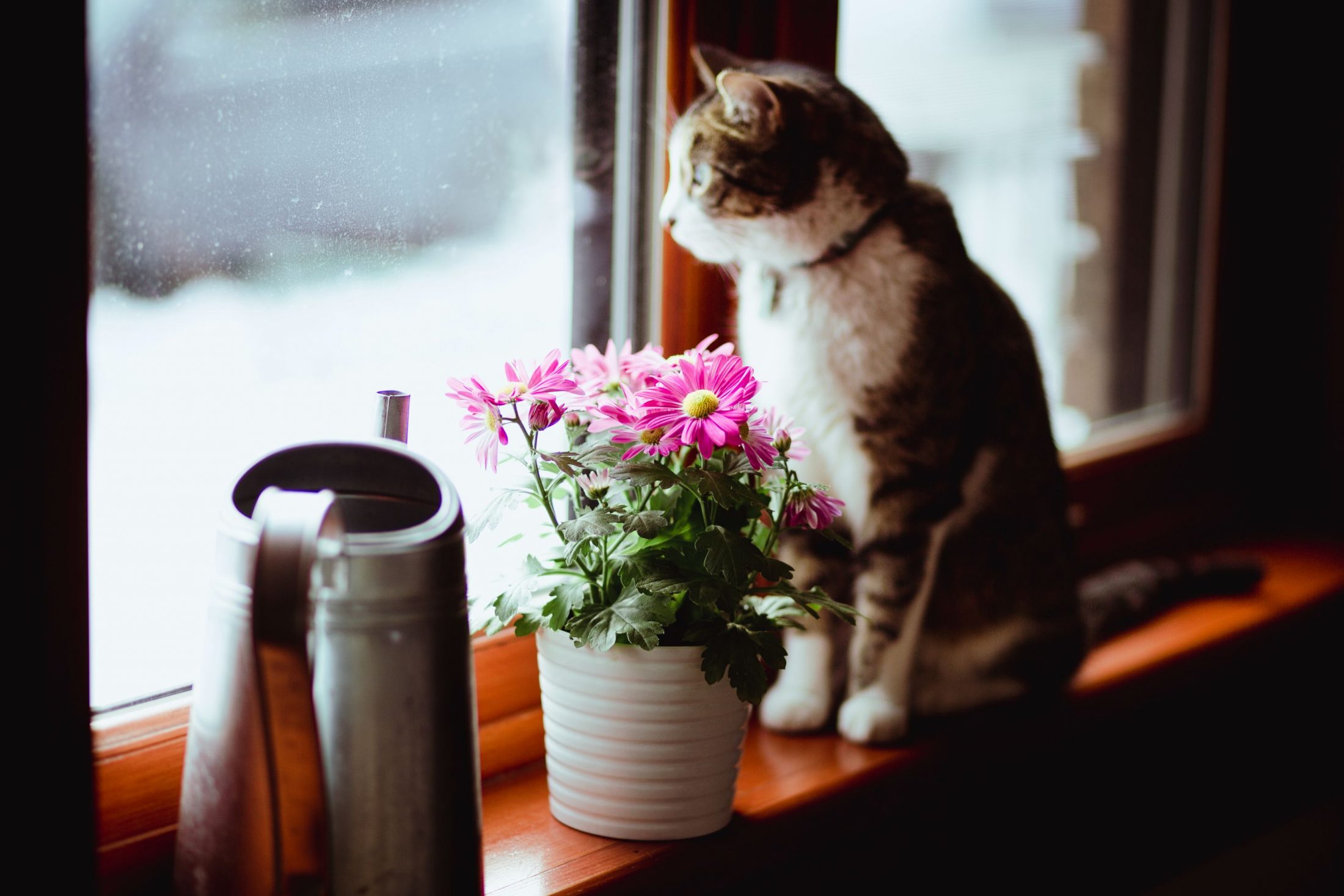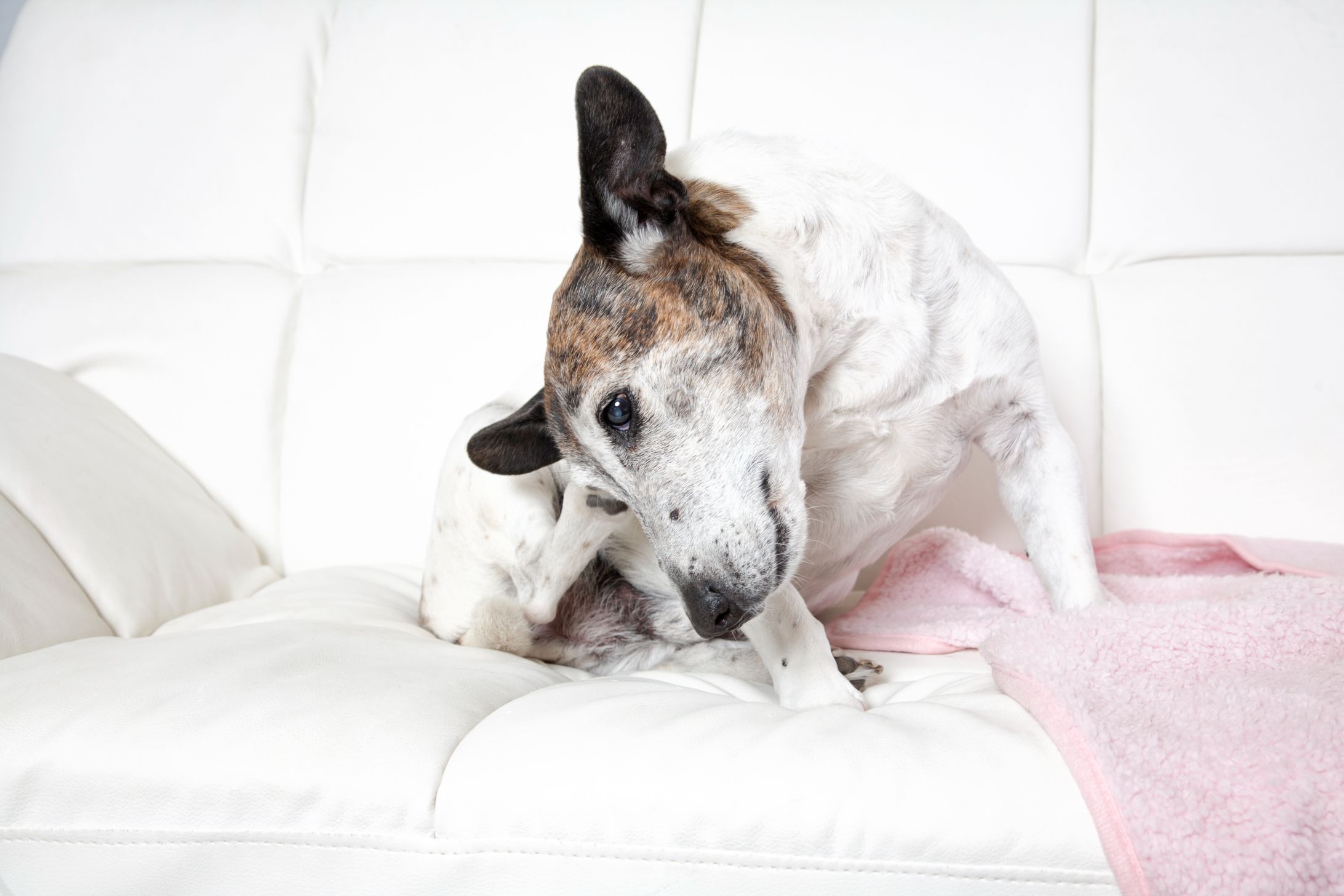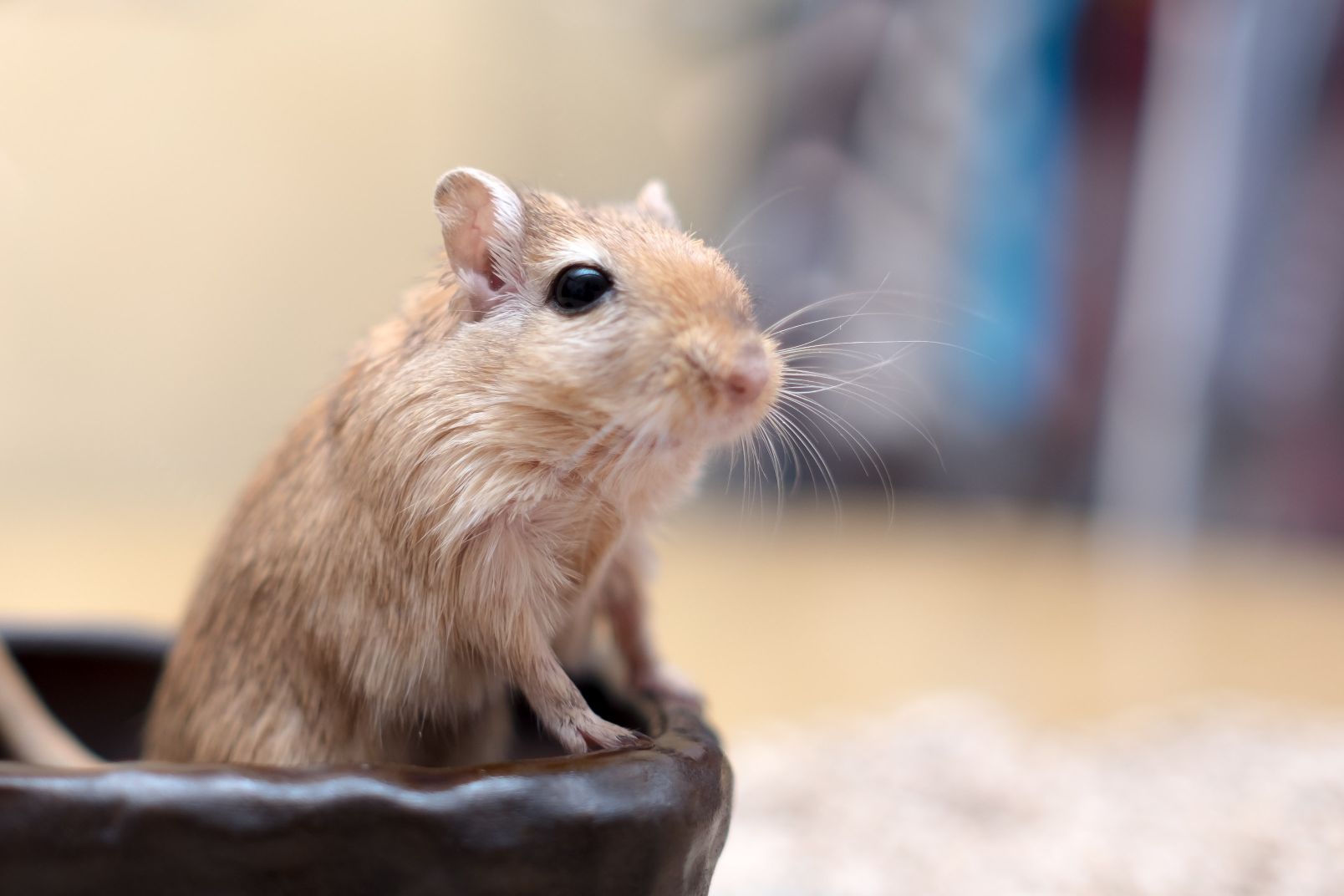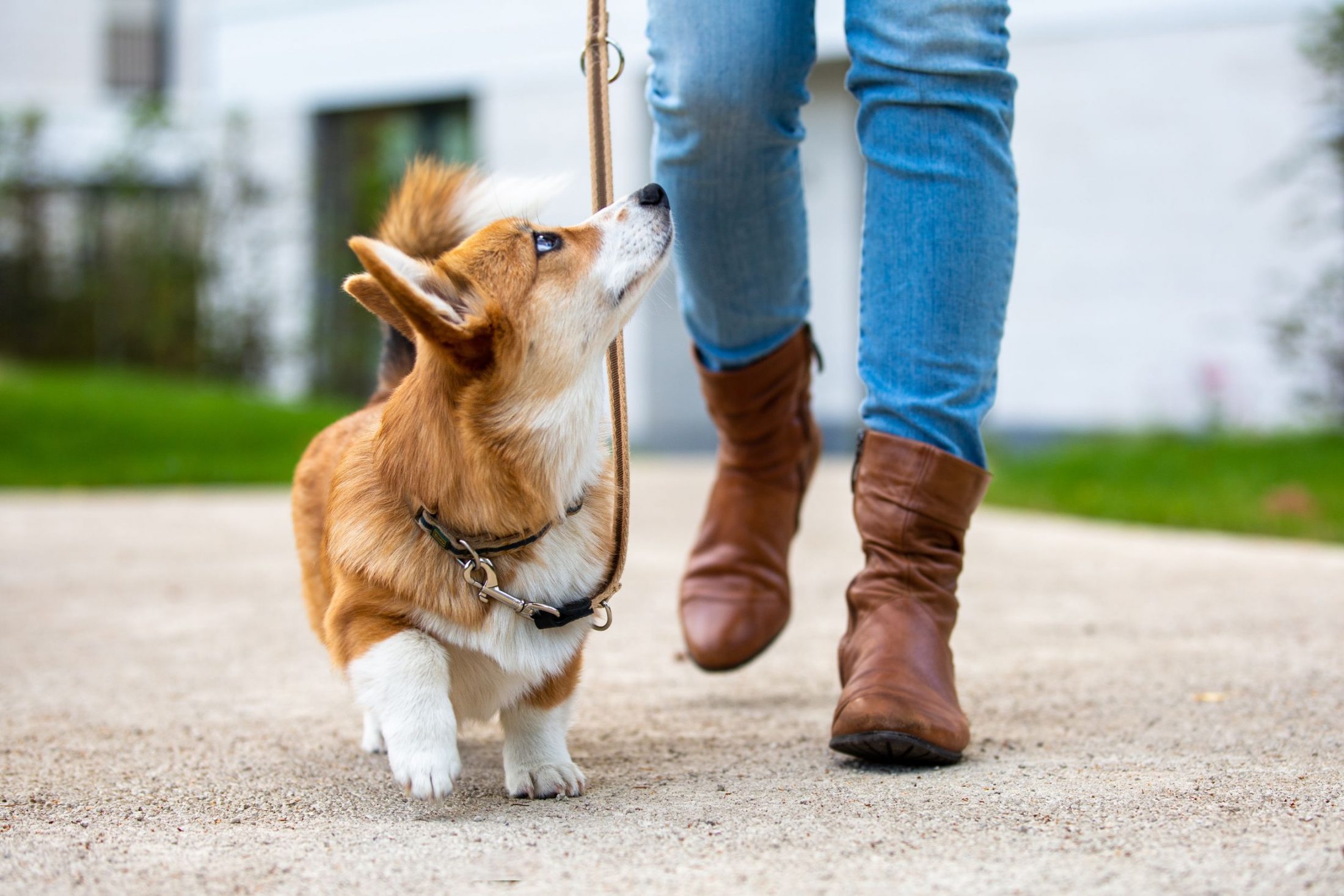
Many pets carry on their daily lives without disrupting household plants, but that doesn’t mean that toxic plants have a place inside the home. Pets might completely ignore a poisonous plant for years, until a combination of boredom, curiosity, or hunger propels them to investigate. Indeed, all it takes is one spontaneous sample to upend an otherwise normal day. Luckily, there are many pet-safe house plants to choose from.
Decorate With Care
Sometimes pets decide to chew on a leaf, stalk, or flower simply just to check it out and cross it off the list of edible/tasty items around the home. In the case of grass-eating, it’s surmised that they chew/swallow it to help ease indigestion and trigger regurgitation, and the same may be true for other greenery Whatever the case may be, it’s up to responsible pet owners to carefully curate what’s around their pets, and what they have access to.
For example, if you simply cannot part with a plant known to be toxic to pets it’s best to display it only in areas your pet cannot reach. Otherwise, the temptation may be too great for your pet to handle.
Pet-Safe Houseplants
The overlap of people that love both plants and pets is significant. That’s why the careful selection of safe, non-toxic plants is paramount to a peaceful, happy, and safe household. We recommend beautifying your space with any number of these pet-safe house plants:
- Boston Fern
- Bromeliad
- Baby Tears
- Prayer Plant
- Various Potted Herbs (try your hand at growing Catnip or Catmint)
- Peperomia
- Spider Plant
- Ponytail Palm
- African Violet
- Butterfly Palm
- Calathea
- Orchid
- Staghorn Fern
- Some succulents
- Venus Flytrap
- Polka Dot Plant
Please check out this extensive list of toxic and non-toxic plants for dogs, and this list for cats before bringing home a new plant, or getting rid of one you’re not sure about.
The Yikes Factor
All species of lily are considered highly dangerous for cats. In some types of lilies, just a single lick or bite can result in severe symptoms, including life-threatening ones. As such, please do not bring home bouquets that have cut lilies and remove lily plants from inside and around the home (many lilies might be growing in your garden!).
In addition, the following plants are not considered pet-safe houseplants and might be better off with someone you know that doesn’t own pets:
- Sago Palm
- Rubber Plant
- Dracaena
- Jade
- Eucalyptus
- Narcissus
- Amaryllis
- Ivy
- Cyclamen
- Asparagus Fern
- Begonia
- Caladium
- Pothos
- ZZ Plant
- Kalanchoe
- Dieffenbachia
- Aloe Vera
- Poinsettia
- Geranium
There are many more plants that are unsafe for your pet. Mitigate their exposure to unsafe plants by installing a plant identification app on your smart device. A simple capture on the camera can lead you to securing your pet’s environment.
Know What’s Up
Depending on the pet, and how much they eat, symptoms of poisoning can vary greatly. Drooling, lethargy, coordination loss, depression, vomiting, diarrhea, and convulsions are never good signs.
Note the onset of symptoms and look for disturbed potting soil or torn/ripped leaves. Seeking prompt emergency help can make all the difference.
Our veterinary team at Summeridge Animal Clinic is always here for you and your pet.
Please call us at (905) 731–1225 with any questions or concerns about your pet’s indoor environment, or their overall behavior or nutrition.



